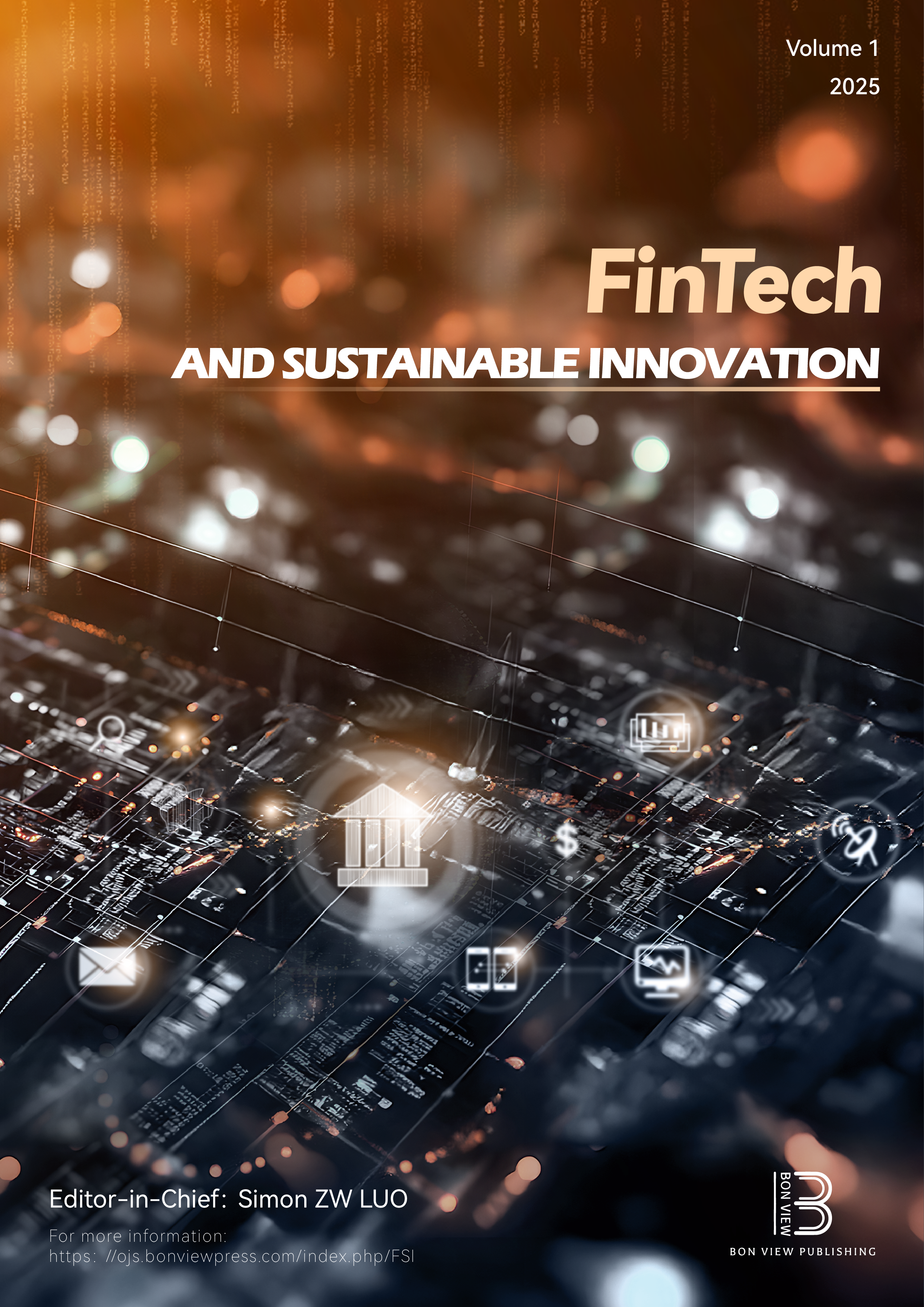Enhancing E-commerce Security: A Hybrid Machine Learning Approach to Fraud Detection
DOI:
https://doi.org/10.47852/bonviewFSI52024882Keywords:
e-commerce financial transactions, deep learning algorithms, feed forward neural network, deep artificial neural network, linear discriminant analysisAbstract
In the rapidly expanding e-commerce landscape, ensuring the security of transactions is essential to maintain consumer trust. However, the challenge of accurately distinguishing between genuine and fraudulent transactions persists, largely due to issues such as dataset imbalance, suboptimal feature selection, and varying algorithm performance. As such, this study aims to enhance fraud detection accuracy by developing a hybrid model that combines an artificial neural network (ANN) with a deep neural network (DNN), employing the Synthetic Minority Oversampling Technique (SMOTE) to address class imbalance and linear discriminant analysis (LDA) for effective feature extraction. By integrating SMOTE with LDA, the model is trained to better handle imbalanced datasets and extract relevant features, thereby improving its predictive capabilities. Our results demonstrate that the hybrid model outperforms individual models, achieving a precision rate of 95.46% and an area under the curve (AUC) score of 97.04%. In comparison, the stand-alone ANN model recorded an accuracy of 95.46% and an AUC of 96.92%, while the DNN achieved a success rate of 95.01% and an AUC of 97.17%. These outcomes highlight the significant advantages of combining advanced feature extraction and class imbalance techniques, resulting in superior detection performance. The study concludes that the hybrid model provides a robust solution for improving fraud detection in e-commerce, offering a reliable approach to differentiate between genuine and fraudulent transactions effectively. This approach not only addresses existing challenges but also sets a foundation for future research in enhancing transaction security through innovative deep learning methodologies.
Received: 22 November 2024 | Revised: 13 January 2025 | Accepted: 14 March 2025
Conflicts of Interest
The authors declare that they have no conflicts of interest to this work.
Data Availability Statement
Data sharing is not applicable to this article as no new data were created or analyzed in this study.
Author Contribution Statement
Mohit Vasant: Conceptualization, Methodology, Formal analysis, Data curation, Writing – original draft, Writing – review & editing, Visualization. Swathi Ganesan: Writing – review & editing, Supervision. Ganapathy Kumar: Project administration.
Downloads
Published
Issue
Section
License
Copyright (c) 2025 Authors

This work is licensed under a Creative Commons Attribution 4.0 International License.


